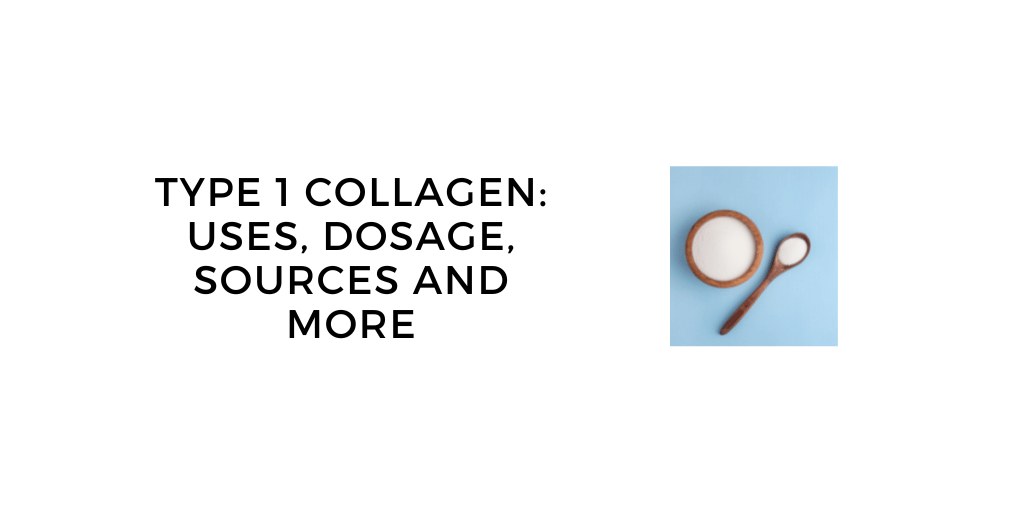
Type 1 Collagen: What It Is, How it Works, Sources and Where to Find it
Guide to Type 1 Collagen
Type 1 collagen is the most common form in your body and provides many benefits, such as reducing wrinkles, tendon strength and improving skin elasticity.
If you are looking for a way to improve your skin health, bone strength and more, then consider adding type 1 collagen to your diet. In this article, I will explain what type 1 collagen is, how it works and where you can find it.
Keep reading to learn more about surprising sources of type 1 collagen and how it can benefit everything from gut health to wound healing and hair growth. Before we get started, I'll mention that the single best whole food source is a high protein bone broth.
I like the chicken bone broth powder from Bluebird Provisions because it has 12 g protein with no added salt. Ok, let's get started.
What is Type 1 Collagen?
Type 1 Collagen is a type of collagen found in your body that provides structure to skin, tendons, ligaments and other connective tissues. It is the most common form of the collagen molecule which gives our skin it's natural elasticity and holds our bodies together.
You can find it in many foods or you can supplement with it via a pill or powder. I'll get into the research and benefits below, but it typically takes 60-180 days for the healing process to kick in.

What is in Type 1 collagen?
Single amino acids are what is in type 1 collagen. They form rope-like structures that are triple stranded in the tiny spaces around your cells. Eventually as more is formed, they cross-link to form a collagen matrix within strong tendons, skin, bone and fascia.
As we age, these cross-links and helix formation begin to break down due to enzyme activity or reduced integrity. This gradual loss can present itself in everything from wrinkles to osteoporosis and osteoarthritis.
Type 1 Collagen Benefits
Benefits of type 1 collagen are improved skin elasticity, reduced wrinkles, possible hair growth, bone mineral density, muscle strength, wound healing and tendon health.
Let's go through each of these below.
1. Helps Improve Skin Elasticity and Firmness
Aging causes collagen production to plummet, which leads to skin losing its natural firmness. You can see this in wrinkled or saggy skin as you get older.
We know that collagen helps to form things called fibroblasts. These are groups of cells found in the dermis layer of skin that help form new cells (1).
So we know the mechanism, but does it actually work? Some studies say yes! One showed an increase in skin hydration and appearance after 8 weeks of use (2).
Your old, damaged procollagen molecules get replaced by new ones. But it's not only new ones that help, they must be in the correct formation with cross linking and in the right ratio of type I to type III.
2. Collagen I Reduces the Appearance of Wrinkles
Collagen I not only hydrates skin but also reduces the appearance of wrinkles. One meta analysis (collection of studies) showed that 90 days of regular supplementation reduced visible signs of wrinkles like those dreaded crow's feet (3).

It does this by replacing damaged skin cells with new ones which help form new, more supple connective tissue. This same mechanism works to build teeth and nails as well
Don't get me wrong, the research is sound, but you also need to avoid the common collagen killers like smoking, UV radiation, alcohol and stress.
3. May Help Hair Growth and Nails
Collagen may help hair growth by nourishing the skin and cells of your scalp with fertile connective tissue for growth of new follicles. I say it may do this because there is no solid research to back up this claim yet.
But there are literally thousands of case studies and people sharing personal stories of how collagen helped thicken hair. I didn't want to believe it but there's to much to ignore.
You can read more about collagen and hair growth to see if it is fact or fiction.
4. Builds Muscle, Tendon and Ligament Strength
The best way to ward off aging and promote longevity is the build and maintain muscle strength. Everyone knows that muscles keep us strong. What I find interesting is that muscle burns more calories than fat.
So if you are more muscular, you will keep excess weight off because of the laws of thermodynamics. That's great Connor, but how does collagen fit into this?
One study showed that taking 15 g of collagen peptides per day improved muscle strength and mass in those who were weight training compared to those who took nothing (4).
It took 12 weeks fo the effects to show up in this study.
Perhaps less sexy but equally important is collagen type I's impact on tendon and ligament tissue biomarkers. 15 g of gelatin taken before exercise helps to rehab tendonitis injuries (5).
I use bone broth daily to protect my tendons and ligaments from potential damage from all the running I do. I run ultramarathons every year, where staying healthy is the most important part of training.
1 cup of bone broth before my runs helps to shuttle collagen to my joints and tendons to keep them from breaking down.
5. Provides Support for Bone Mineral Density
Collagen I supports bone health by providing structure and and resiliency to bones. Taking 5 g of collagen for a year caused significant increases in bone mineral density and markers of bone formation. After all, the extracellular matrix of bones is made up of collagen fibers (6).
The cool thing is that 5 g daily is a relatively low dose that you can get from food. For example, the following foods have 5 g of collagen in them.
- 1/2 cup of bone broth
- 1 tbsp hydrolyzed collagen
- 1 tbsp bone broth powder
- 105 g can of sardines, anchovies, herring or mackerel. Must include skin and bones
- 15 g of chicken skin (7)
The structure and modifications that collagen provides to bones helps to reduce your risk of osteoporosis and stress fractures.
6. Wound Healing
Because of its structural properties, collagen helps with wound healing. It is what your scars are made of because of how it lays down new composite scaffolds to build connective tissue.
Nowadays, hospitals are using collagen dressings to speed up wound repair in skin conditions and gut issues (8). Learn more fascinating collagen benefits that I did not have space to include here in my master review.
Type I Collagen Sources
Sources of type I collagen include bovine collagen peptides, bone broth, marine collagen, gelatin, gelatinous meats, small fish and animal skin. I'll go through each of these below.
1. Bovine Hydrolyzed Collagen Powder
Bovine collagen powder comes from cow hides. It consists of a triple helix structure made up of amino acids like glycine, proline and hydroxyproline. Bovine sourced products are the most widely available and cost effective, that is why I put them at the top of the list.
Looking for one to try? Read my guide to finding the best collagen powder.

A hydrolyzed version is simply one that has processed the individual amino acids into smaller components. Some brands claim that it makes it easier to digest and absorb.
That being said, there are some things that make it not the perfect fit for type 1.
- Most of them are sourced from South America where the health standards are a bit different from North America or Europe. As a result, it is difficult to trust the sourcing for many of these products.
- They undergo heavy chemical processing using strong solvents to remove the collagen from the cow hides. Learn more about the downsides of collagen including nasty side effects.
- Bovine sourced peptides are a mix of type I and type III collagen. If you only want type I, it may not be the best choice.
2. Bone Broth from Cartilage
Bone broth is a nutritious food made from the bones and cartilage of animals such as chicken, beef and lamb. It contains high amounts of type 1 collagen, as well as other nutrients, electrolytes like potassium, minerals and amino acids like glycine, proline, glutamine and glucosamine.
Most people prefer the taste of a chicken bone broth because it reminds them of chicken soup they drank as a child. Properly made versions like the one from Bluebird Provisions has a familiar, rich and inviting flavor.
Bone both is superior to collagen in terms of gut healing, joint health, hair, skin and nail support because of the extra nutrients.
3. Marine Collagen
Marine collagen is high in type 1 collagen. It comes from the fish scales and skin of cod. Most of it comes from farmed sourced, but you can find some wild-caught versions as well.
The trouble with marine sourced collagen species is the taste. It is truly awful and can't really be mixed with anything without ruining it. It is also more expensive than other sourced varieties.
4. Flank Steak, Oxtail, Short Ribs
I call these gelatinous cuts of meat. Let me explain because it sounds weird. Your typical 'tough' or slower cooked cuts of meat are tough because of the grissly collagen fibers found within the tissue.
I would argue that this is a feature of the meat, not a bug or issue. They simply require heat to slowly turn these tough bits into tender gelatin. This is why beef short ribs or lamb shanks tend to melt in your mouth if they are cooked properly.
5. Chicken Skin
Chicken skin is the thin layer of skin that covers the meat of a chicken. It is high in type I, so don't skimp on it next time you eat chicken. You also get joint healing glucosamine and chondroitin in animal skin.
6. Small Fish (With Bones and Skin)
Fish that contain type 1 collagen are salmon, mackerel, herring, trout, sardines and anchovies. They are also fantastic sources of omega 3 fats and vitamin D, making them among the world's healthiest foods.

But it is the small ones you find (in tear off cans) these days that I think provide the most collagen. This is because these ones have bones and skin all together. The bones are small enough that you can eat them, and they are fantastic sources of glycine and type 1 collagen.
What is the difference between Type 1 and Type 2 collagen?
The difference between type 1 and type 2 collagen are that type 1 is found in connective tissue, tendons, organs, skin and bones, while type 2 is found in elastic cartilage like joints and fascia.
My thoughts are that you don't need to concern yourself with optimizing a certain type of collagen. Just aim to cover your daily bases with whichever type fits your lifestyle and don't sweat the details.
Some of any type is better than none.
What does Type 1 collagen help with?
Type 1 collagen helps with keeping your skin firm and elastic, tendons, blood vessels, bones, organs and more. It is particularly high in proline and glycine to promote healing of gut inflammation from IBD, IBD or any other related issues. Many people get joint health and tendon benefits from it because of the healing amino acids.
Is Type 1 or Type 3 collagen better?
Type 1 and Type 3 collagen do different things in the body. One is not 'better' then the other unless you care about specific things. Type 1 might be better for building skin health, hair, teeth and nails because of the elastic nature. Type 3 is better for gut health, blood vessels and organ health... basically unsexy things that go in the body that we cannot see.
For this reason, most people will search out type 1 instead of type 3, but this is a mistake. Because of the gut healing properties of type 3, you want both. Type 3 might even be better in some cases because the gut is the root of all health.
Building up a healthy gut will in turn give you better skin and hair. Also, type 3 helps to form platelets in your blood to speed up wound healing.
How can I stimulate my collagen type 1?
You can stimulate your type 1 collagen by lifting weights, reducing stress, avoiding UV exposure, sleeping well and eating the right foods.
- Weight training is the single best thing you can do for collagen production. You want to take 10-15 g collagen 60 minutes before you do your exercises for best results. Lifting weights increases type I collagen synthesis in your muscles, joints and tendons. The loading of these systems under weight is what shuttles amino acids to them to form new connective tissue.
- Avoiding excess UV Radiation from the sun or tanning beds is important for maintaining collagen levels on your skin. We all like being in the sun, just try to cover up and limit your direct skin exposure.
- Reducing stress decreases cortisol, which is known to disrupt collagen production. While it's easy to say, getting stress down is difficult for many of us. I would focus on the little things you can control.
- Sleep goes with stress but is really important for allowing your cortisol systems to recover. Aim for 6-9 hours per night consistently.
- Eat collagen rich foods like bone broth, small fish, chicken skin, pork rinds and tough cuts of meat that require long cook times. Getting it from real food is always superior because there are other nutrients found in real food that help with absorption. Nature knows best, after all.
Does type 1 collagen help hair?
While type 1 collagen has been not been shown to have beneficial effects for hair in studies, it is difficult to ignore thousands of people online anecdotally claiming it has helped them.
I suspect that it may help via similar mechanisms for wound healing and skin benefits. I would try it 10-15 g per day and see if it helps you. There is little down side or possible side effects, so if you can afford it then give it a try.
What are the recommended dosage of Type 1 Collagen supplements?
Most research suggests that you should take 5-15 g of collagen type 1 per day. Now there are few legitimate type 1 collagen supplements, so you are left with figuring out how much of it is in your hydrolyzed collagen peptides.
I would recommend that you do not sweat the details of optimizing different types of collagen. Simply aim for 5-15 g total per day. The different types have not been used in studies. They always use a general supplement with all three main types.
Read my guide which ranks the top 11 collagen supplements for your skin.
From a practical perspective, I used about 13 g of bone broth per day to heal my achilles tendonitis. Through this time of drinking it, my gut health also improved. I'm now able to eat foods that I was previously allergic to like dairy.
I also get lots of comments on my skin despite not using any face wash or topical products. Remember that your milage may vary.
Closing Thoughts
Type 1 collagen is an important collection of amino acids for maintaining healthy skin, hair, nails and joints. It’s also helpful for bone mineral density and wound healing.
The best way to increase your collagen intake is through whole food sources like bone broth, small fish and gelatinous meats. If you are looking to go the bone broth route, then I would recommend trying the Bluebird Provisions chicken bone broth.
It is the only one with 10 g collagen per serving along with potassium, magnesium, glucosamine and chondroitin to heal your creaky joints. You can find them on their website or on Amazon.
Do you have any questions about type 1 collagen? Leave a comment and I will answer it asap.
Disclaimer: this information is for educational purposes only and has not been evaluated by the FDA or CFIA. It is not intended to diagnose, treat, cure, or prevent any disease. Please consult your primary care physician for advise on any of this.
Sources
(1) https://www.ncbi.nlm.nih.gov/pubmed/7288206
(2) http://www.ncbi.nlm.nih.gov/pubmed/23949208
(3) https://pubmed.ncbi.nlm.nih.gov/33742704/
(4) https://www.cambridge.org/core/journals/british-journal-of-nutrition/article/collagen-peptide-supplementation-in-combination-with-resistance-training-improves-body-composition-and-increases-muscle-strength-in-elderly-sarcopenic-men-a-randomised-controlled-trial/9426E375742D094F91029FD0364815C4
(5) https://pubmed.ncbi.nlm.nih.gov/27852613/
(6) https://www.ncbi.nlm.nih.gov/pmc/articles/PMC5793325/
(7) https://pubmed.ncbi.nlm.nih.gov/23729848/
(8) https://www.mdpi.com/1104008

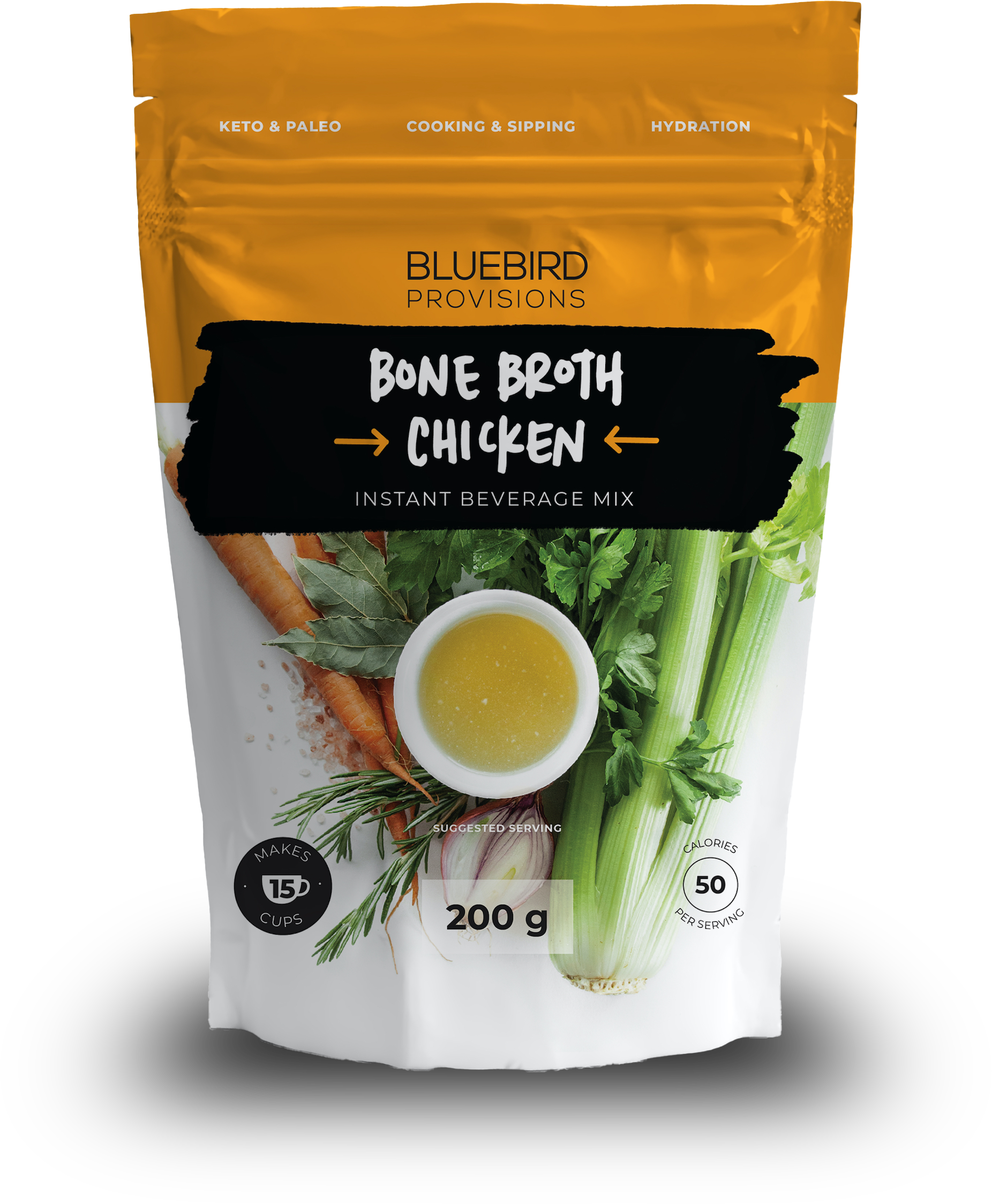
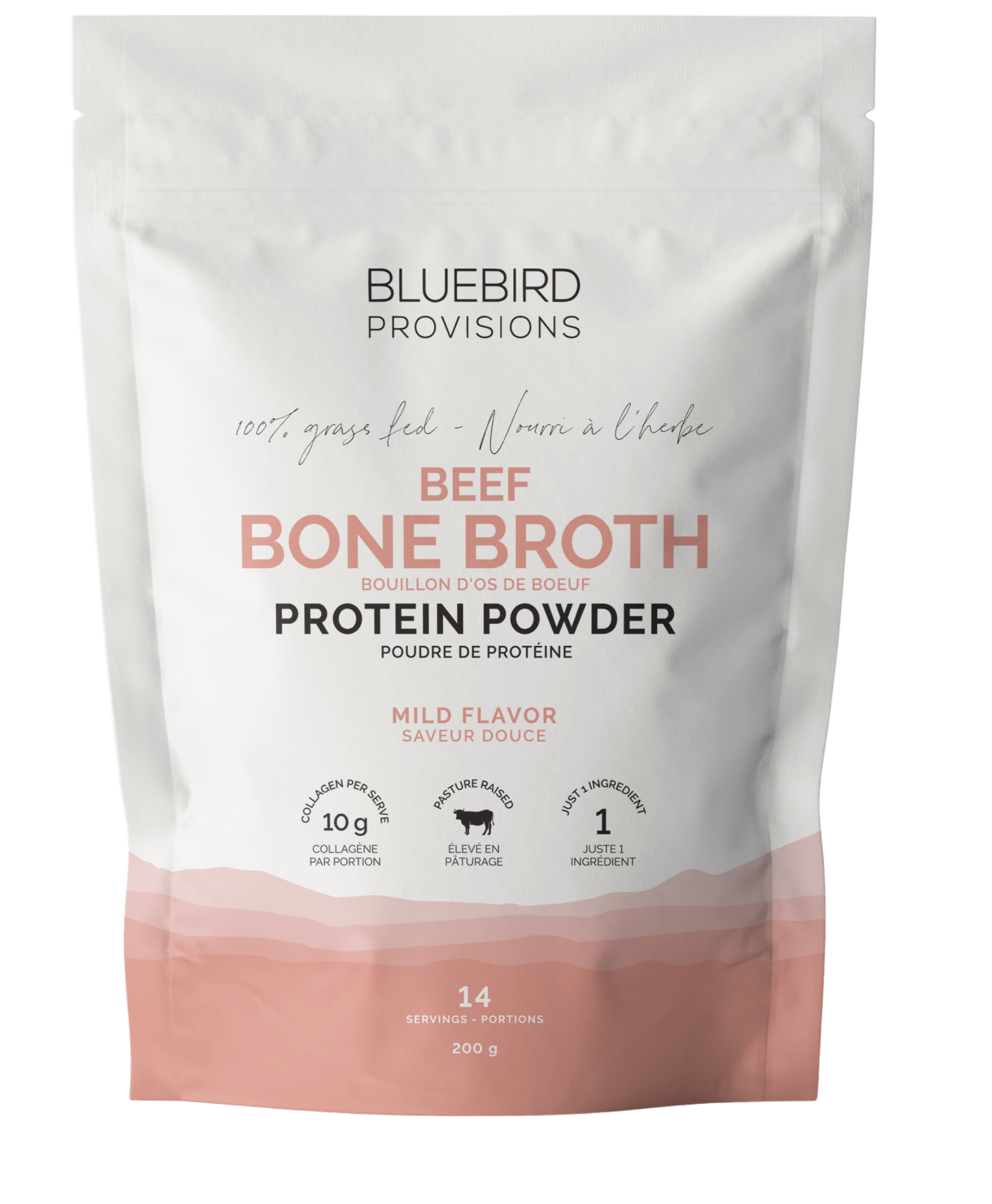
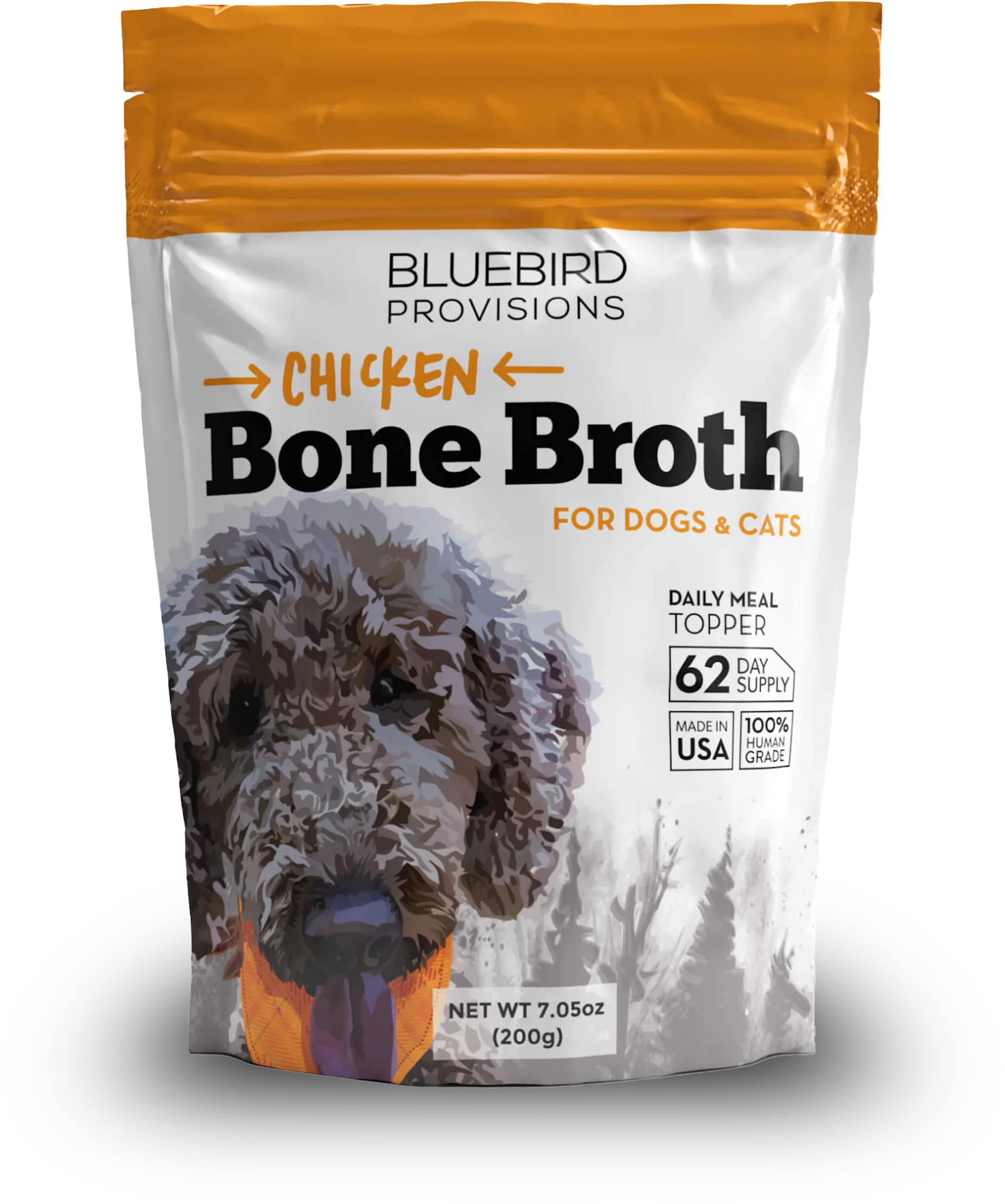
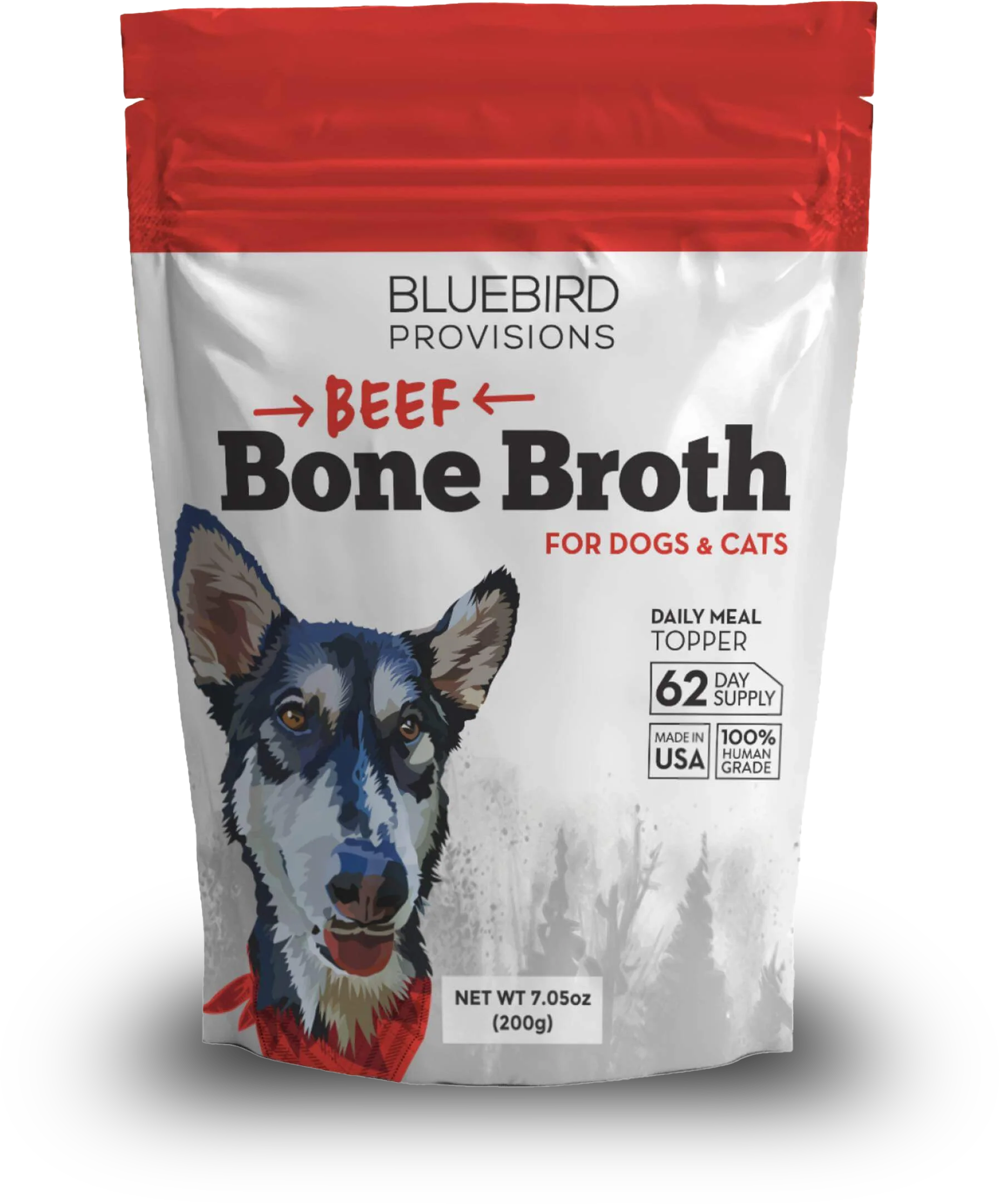
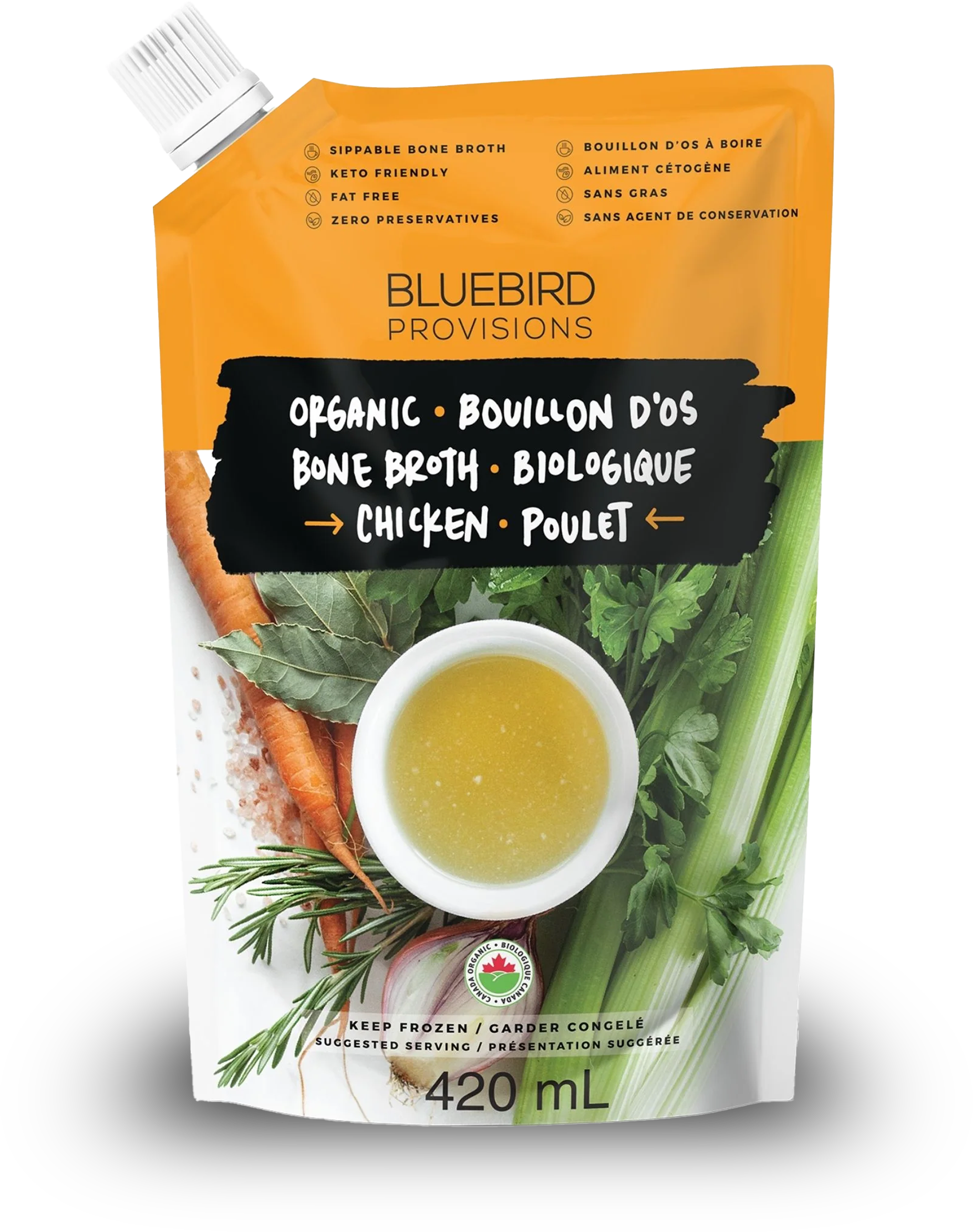
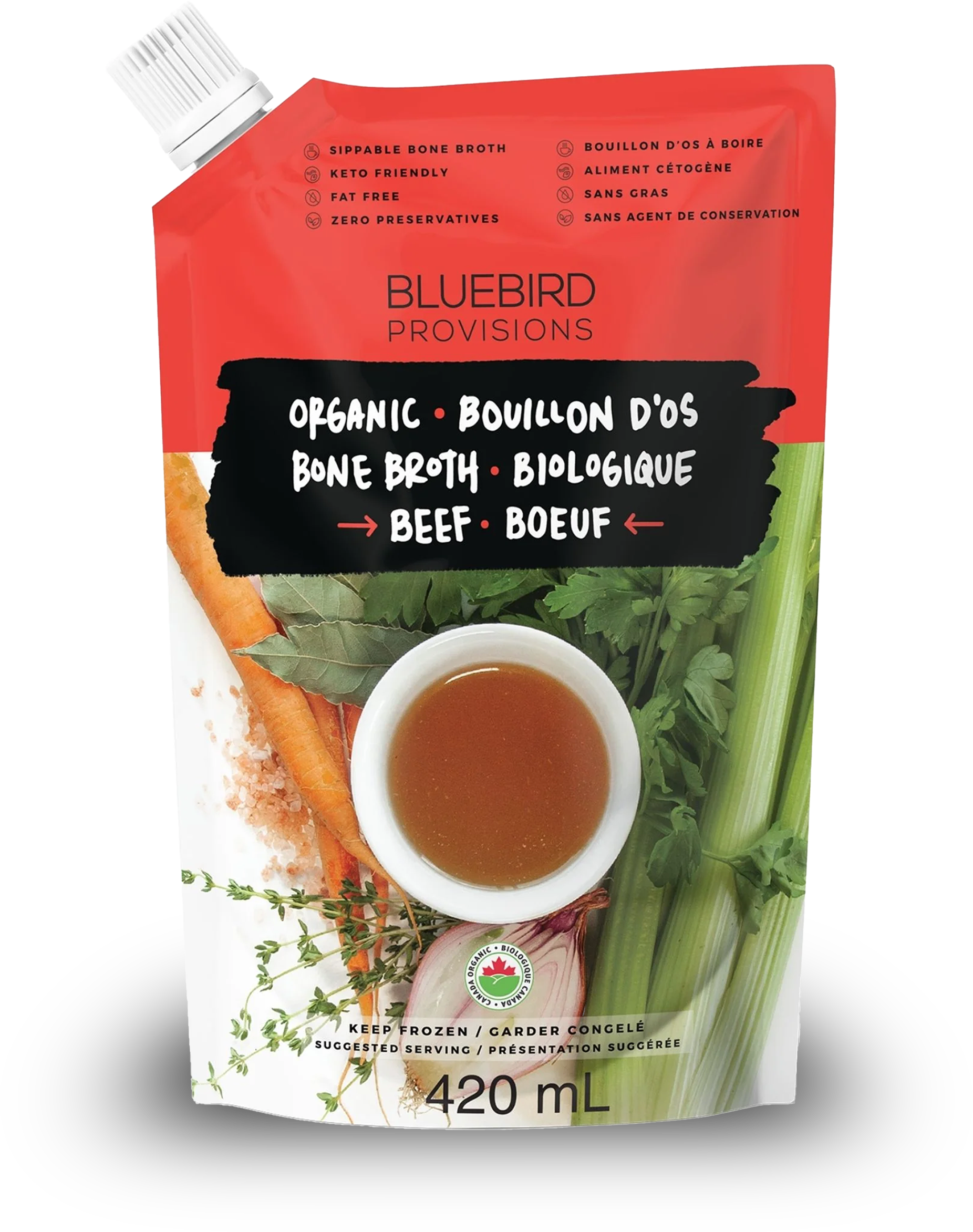
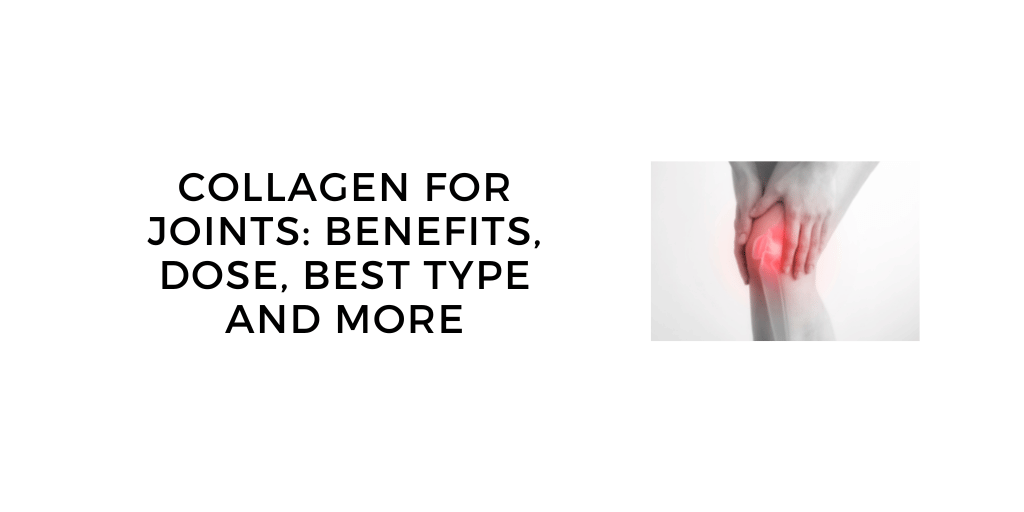
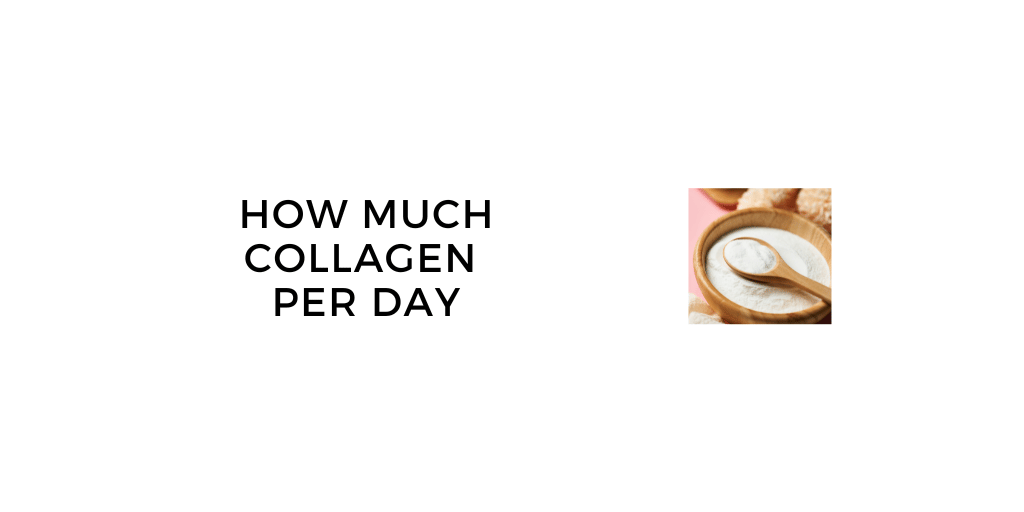
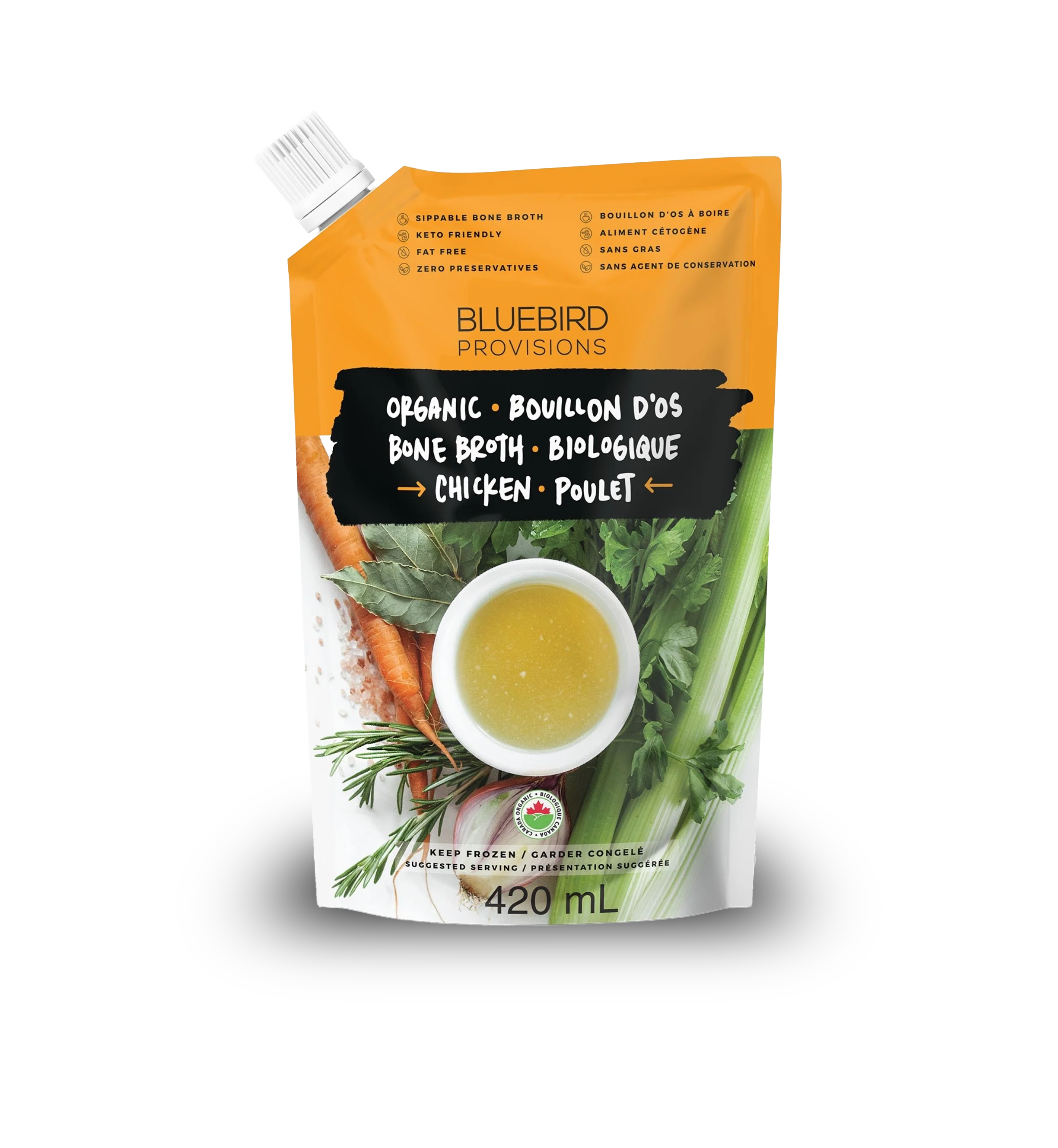
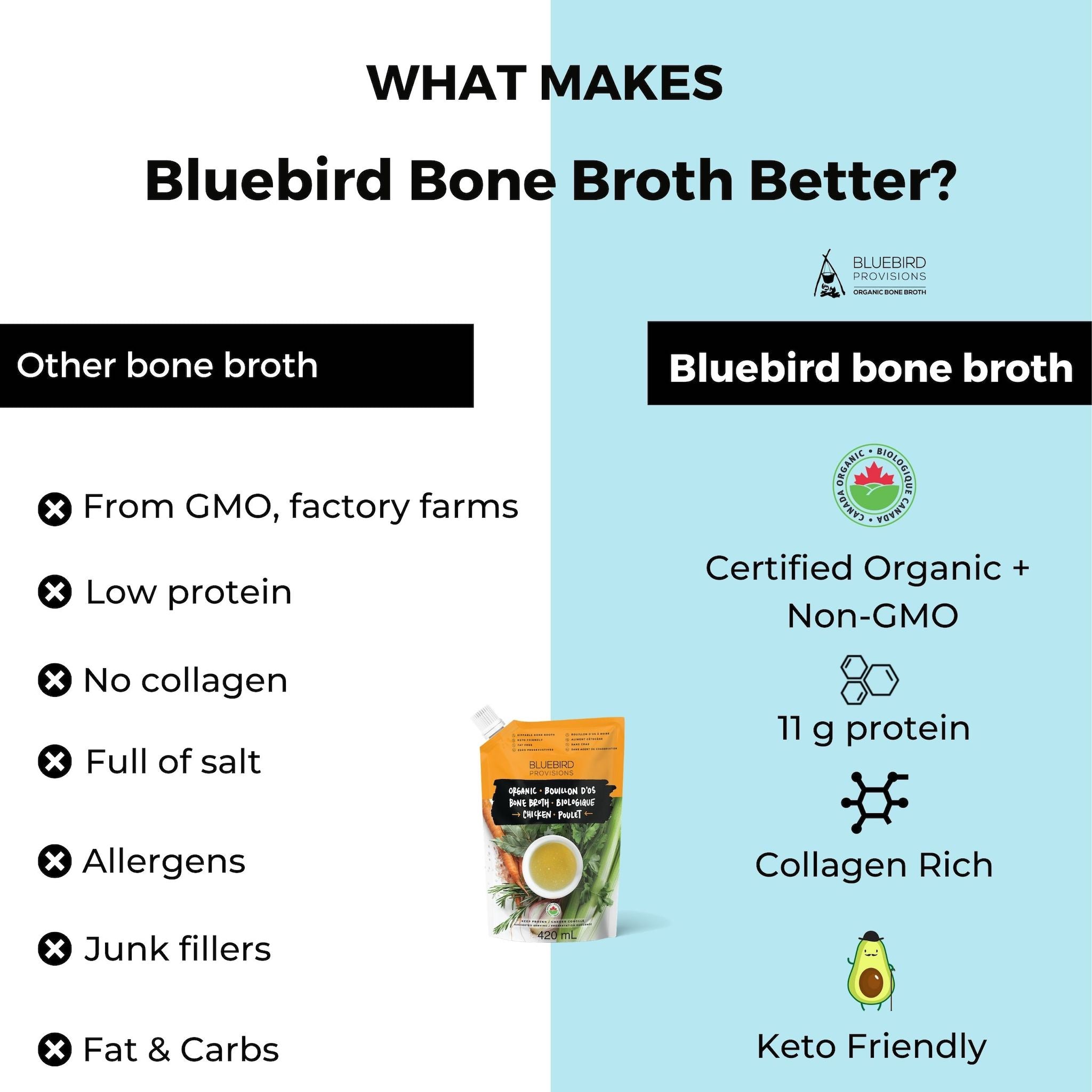
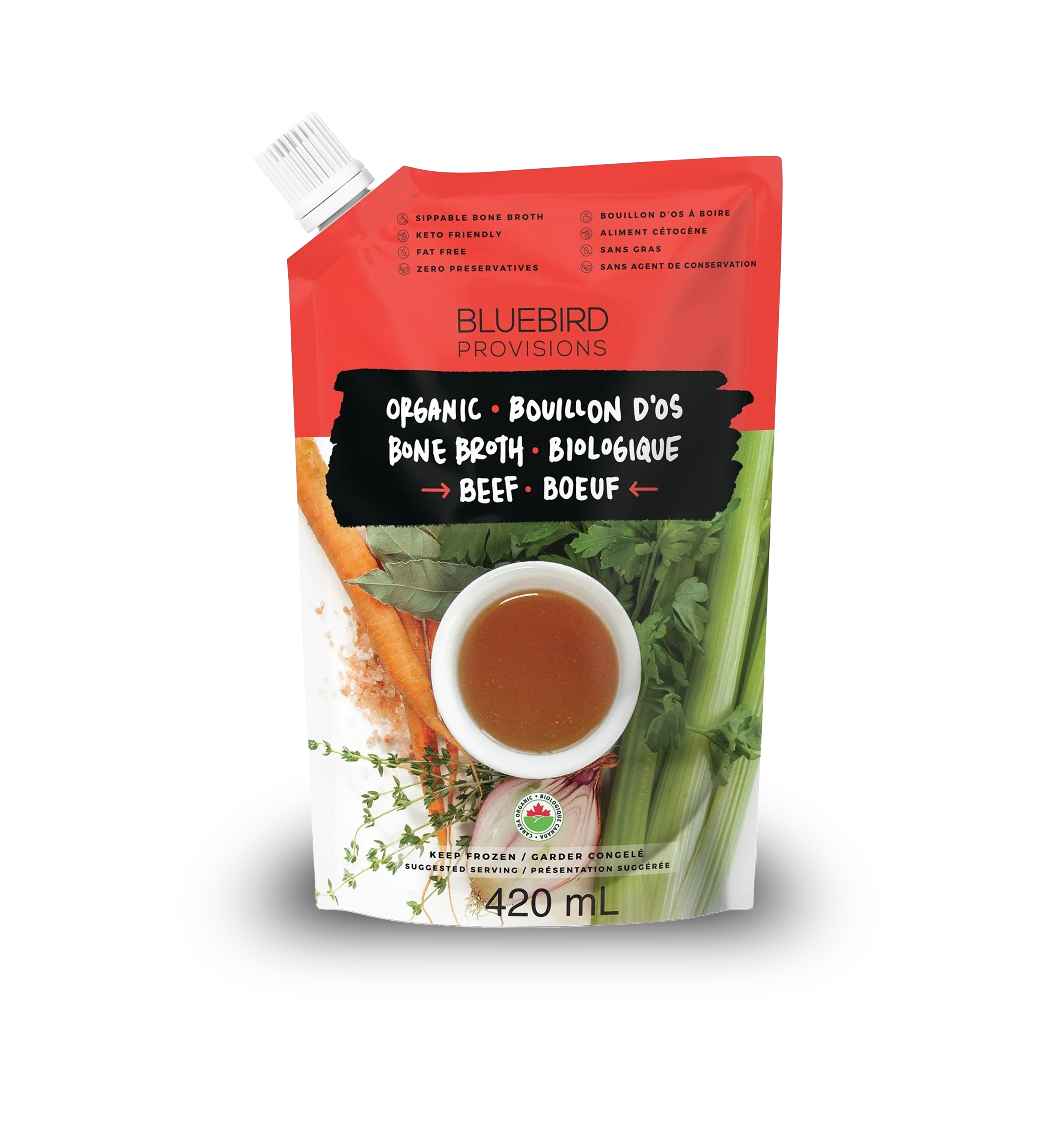
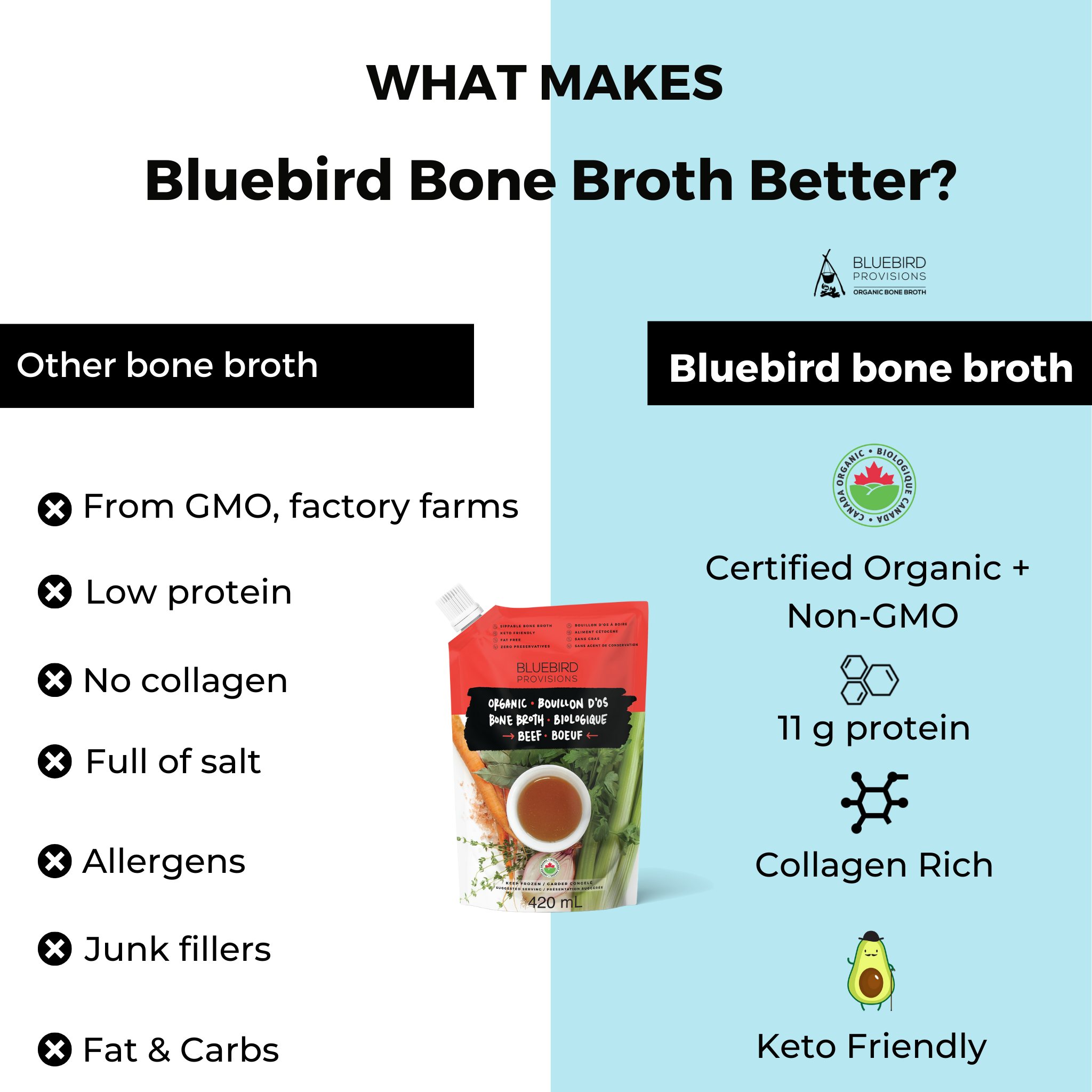
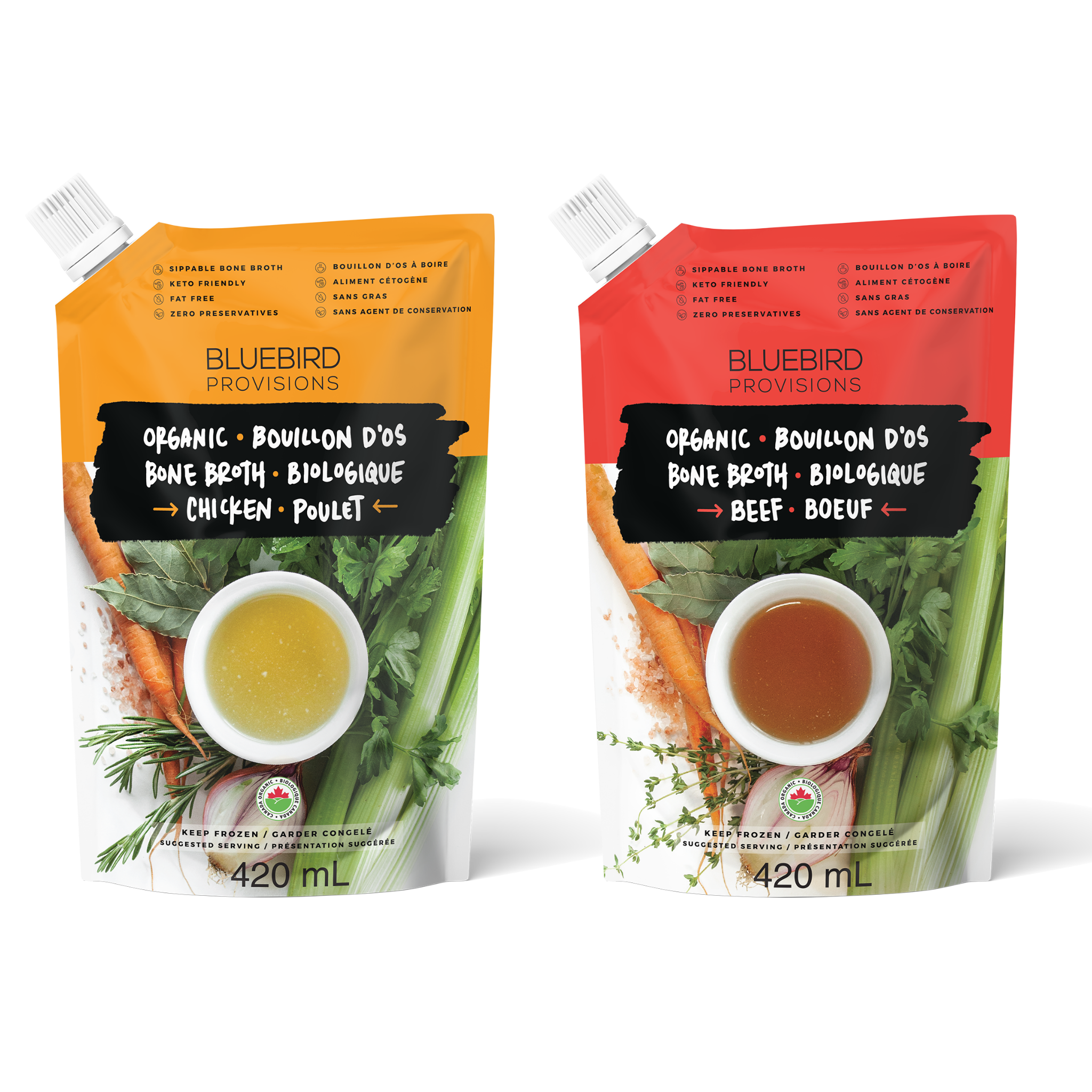

Leave a comment
This site is protected by hCaptcha and the hCaptcha Privacy Policy and Terms of Service apply.